Artist Interviews 2024
Raquel Barrios 
By Laura Siebold

Raquel Barrios is a mixed media artist who creates collages that raise the idea of “improvisation and reconstruction in human creation”. Landscapes and females in Raquel’s work are constructed from single parts that become one in the finished product, highlighting the fluidity and changes in the development of character and the flow of life. Her “abstraction exercises” are products of intense observations that get translated into recycled materials. Rachel is passionate about giving back, and has donated her work to the art collective “The Artruist”, an organization that is also featured in this issue, to support economic and humanitarian causes.
The artist grew up and is currently based in Guadalajara, Mexico.
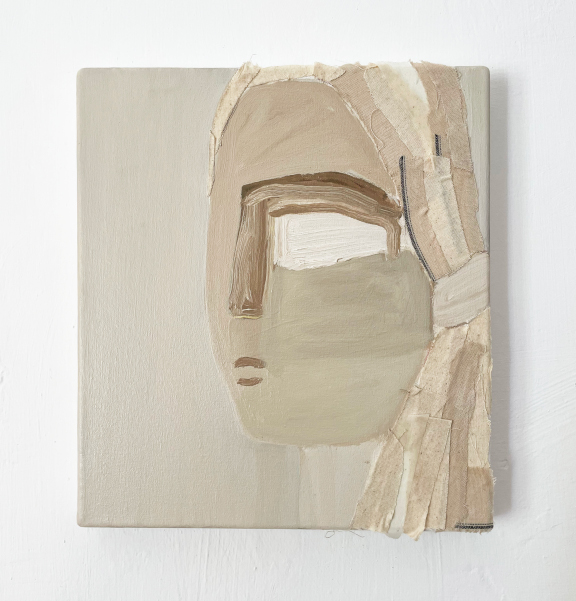
Have you always wanted to be an artist? When did you officially join the art world?
When I was a child, I liked drawing, but I liked running and playing outdoors more. I didn't know I could be an artist. I joined the art world when I started drawing and painting 12 years ago; after learning some basic art history, I began to really enjoy painting.
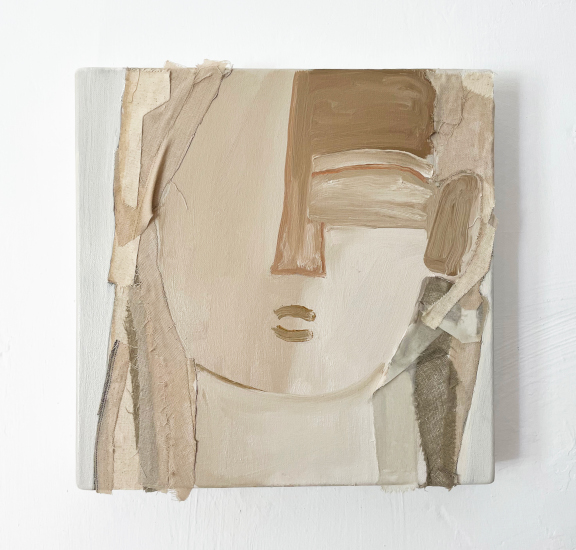
Please tell us a bit more about your artistic background. Where did you grow up and how much of an art education did you enjoy? When did you first exhibit your art publicly?
I grew up in Guadalajara, Mexico, the city where I currently live. My first encounter with art was through music; my parents had a piano at home, and my siblings and I took piano lessons for several years. I believe that initial exposure was important in learning to appreciate art. One of my brothers is a designer, and one day he showed me the works of Henri Matisse and Joan Miró; I think that was my first introduction to know something about paintings.
In high school, I began to take an interest in art history thanks to a great teacher I had. Later, I went to study a Pre-College program at Pratt Institute in New York, and that's when I decided to study art more professionally back in Mexico. I then pursued a Bachelor's degree in Fine Arts at the University of Guanajuato. I enjoyed studying there because it's a very small city which allowed me to be more introspective, as there weren't as many distractions.
My first exhibition was in 2012 where I showcased an installation at the Diego Rivera House and Museum.
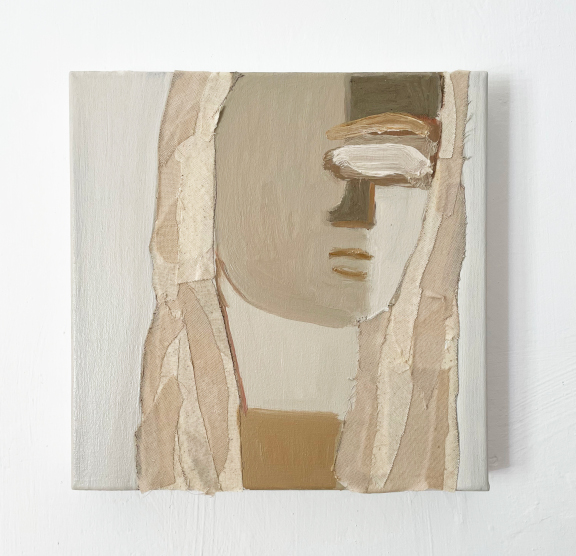
Your layered creations may consist of painting, textiles, drawing, and sculptures. Please explain the process of your work from start to finish.
I think everything I do are abstraction exercises. I observe some scenes and make some drawings. The first representations I make usually don't like me, after making the first attempt some distraction moment happens and I work on the second idea derived from the first, that's when I already feel more confident. Sometimes, the works only remain in drawing materials or transcend into materials with more volume, such as textiles or wood. All the volumetric materials I use come from clothing factories or carpentries, they are materials that I give a second use to and that come from the industry. Something I like about fabrics is when I shape them with my hands as if they were sculptures, but they are not. In any type of work I do, I repeat the same processes, prepare the material, cut, paint, draw, embroider and fix or protect the work.
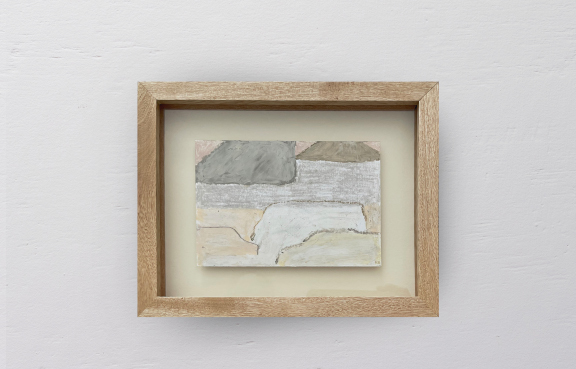
I came across your work on The Altruist, an art collective that exclusively donates all profits of sold art to non-profit organizations. When did you first start collaborating with The Altruist? What do you gain from the collaboration?
I started collaborating with The Artruist in 2020 when Marce Avelar, the artist who created this amazing project, reached out to me, and without hesitation, I wanted to participate. I don't earn anything from the profits of the sold artworks; I donated 3 pieces that are sold as printed art in 2 different sizes. I believe it's important, within our means, to give something back to humanity from the talent we've developed thanks to it.
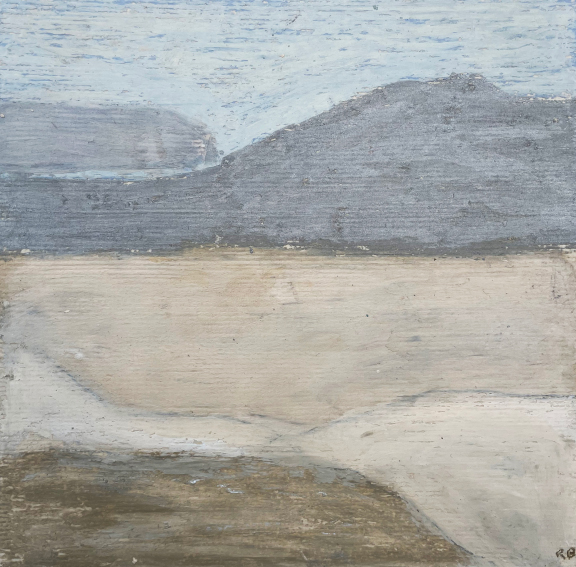
Are there specific causes you are passionate about and which you want to draw attention to with your work?
In the case of The Artruist, I am supporting 3 causes: the NAACP Legal Defense Fund, the Rainforest Foundation, and Al Otro Lado that provides legal and humanitarian support to refugees, deportees, and other migrants in the US and TIjuana. Something else that also interests me within my professional career is to inspire more women to believe that they can do whatever they want in life, including being an artist.
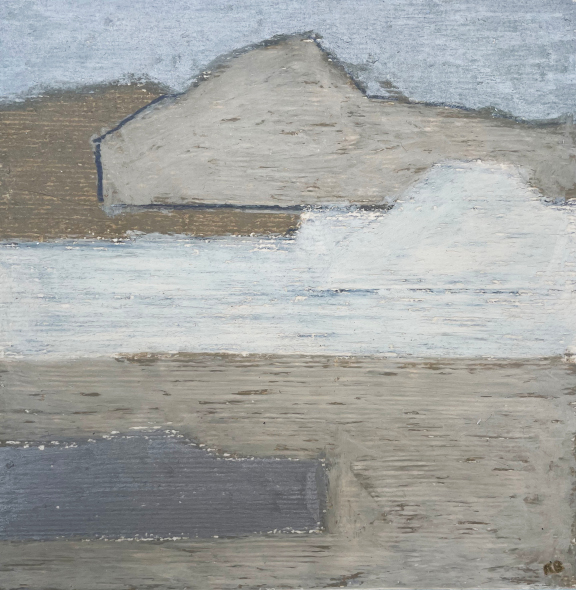
You are based in Guadalajara, Mexico, but exhibit in different galleries across the U.S. How is your art perceived in your home country versus the U.S.? What is the message you would like to convey with your art?
Fortunately, I've been well-received in both countries. Actually, I don't believe art needs an explanation, but in exhibitions or when people visit my studio, I tell them that if they have any questions, they can ask me, and we discuss the works. I construct my pieces using different materials; I like that formation to be visible. What I aim to convey is reflection on how we are formed, with different moments and pieces, and not to rush to feel complete, as we live in a world with critical spaces and moments marked by inequalities, injustices, and significant violence.
Sometimes, I feel that we demand too much of ourselves, and we need to calm down in our personal formation; it's okay to reconstruct ourselves again and again. Living in Mexico, like in many countries, is complex. I don't make political art, but I believe that simply creating art in this context is already a political act.
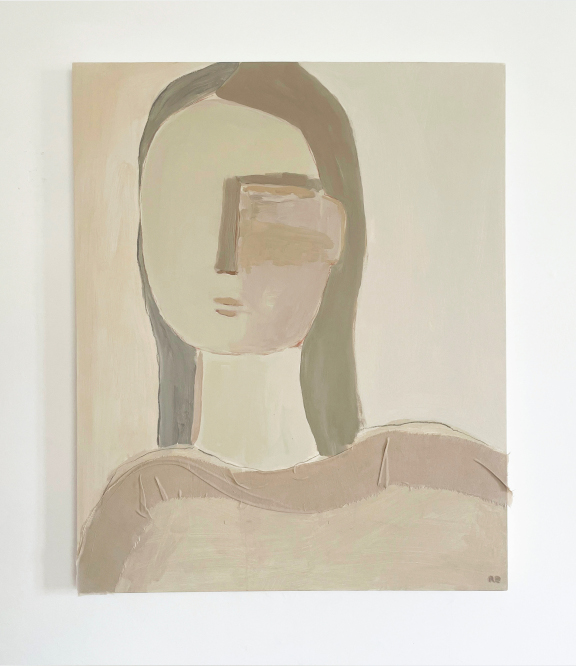
Abstract landscapes and collages of humans, seemingly put together as fragments to form a whole, dominate your Instagram feed. How does rebuilding humans through art succeed in painting possible new scenarios and ideas in the viewers of your art?
I enjoy making viewers connect with the artwork or complete it with their gaze. There are faces without eyes, and landscapes with few details, but you can see volume in the brushstroke or traces of my fingers with an oil stick. I like the human act to be visible in my art; the painting is gestural, and I believe representing the strength of the body in painting is incredibly important.
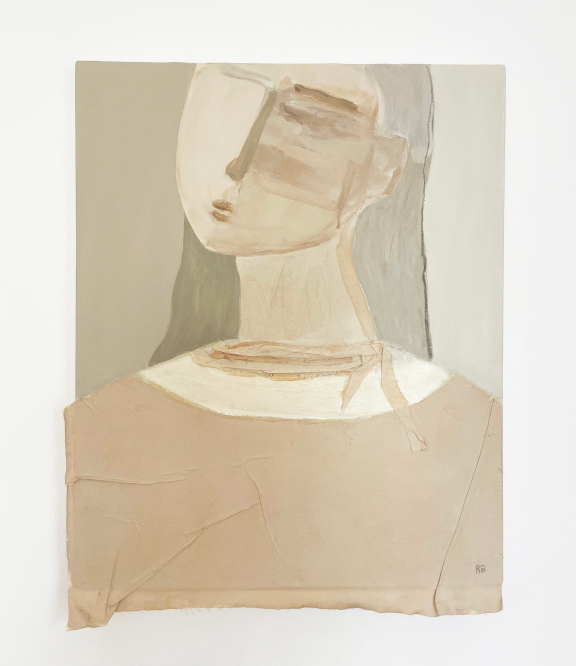
How do you manage to express compassion and understanding for the human body in your work?
In the practice of expressing the human body, I believe that working on many commissioned portraits, with numerous families and couples, helped me. Setting aside the technique, in that process, I was able to interact with many people and gained insight into the beautiful intimate context of human connection. Speaking of technique, through those works, I practiced drawing a lot. So, when I represent humans, I think it's a synergy of practice, the study of physical, human, and emotional observation. I like to think that there are many sensitive and good humans in this world.
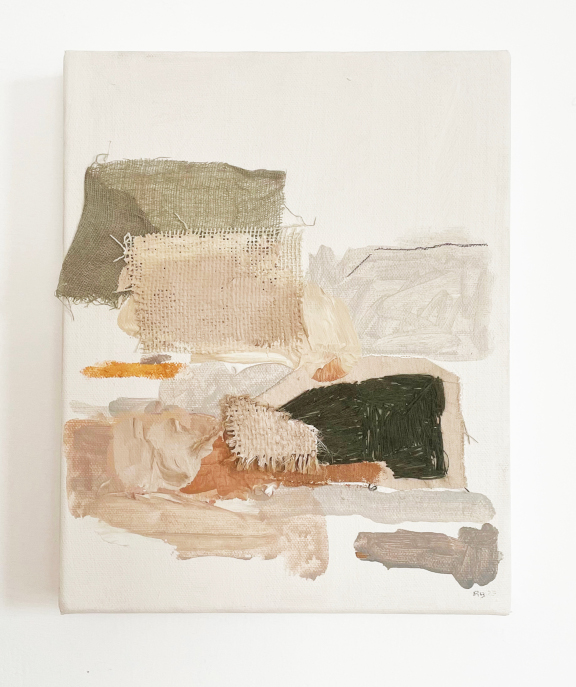
Do you feel that female artists are being given equal opportunities in telling their stories as male artists?
I don't think we have equal opportunities. To be part of this profession, you need many resources to develop yourself. Throughout art history, we see examples of female artists who haven't been visible simply because they are women. What I have faced in my work and context is the inequality in prices of artworks; the price of artwork by women is questionable, while the price of artworks by men is not.
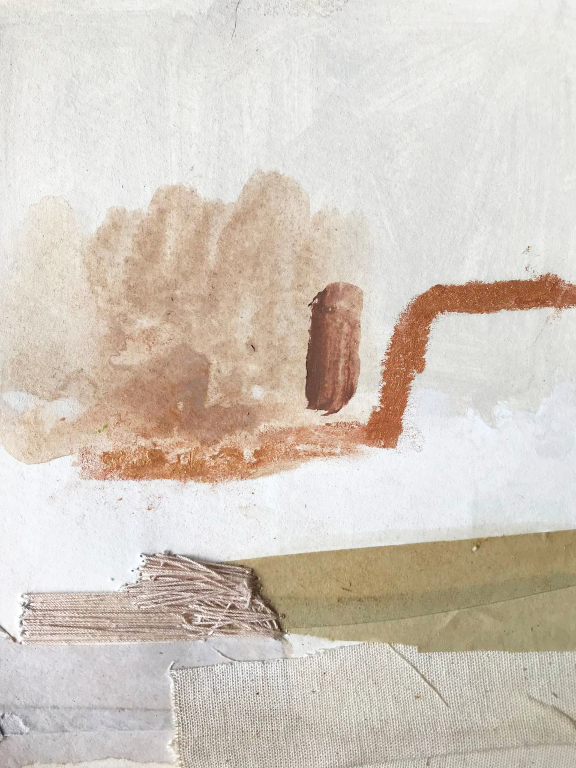
We are excited about future projects and where we can see your art next. Can you please tell us about your upcoming plans for 2024? Will your art be on display in the U.S.?
Thank you for your interest in my work. In August, I will have a solo exhibition in Guadalajara managed by 106 Art Co Gallery. Also, I´ll be in a collective exhibition in Ex Convento del Carmen Museum and working on some commissioned projects in Mexico and U.S. Currently, I´m in talks with some art spaces in Chicago and Madrid for showing my work.
|
|

